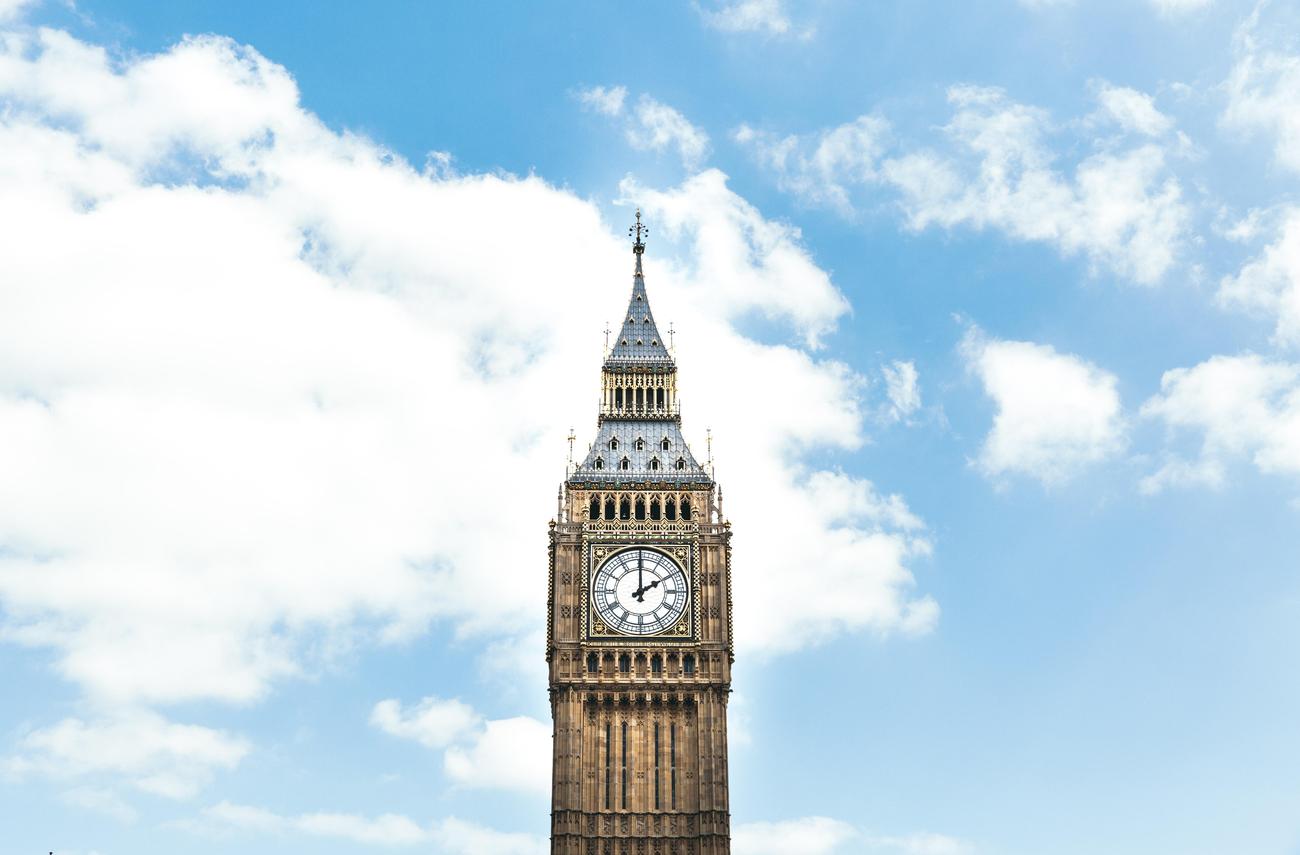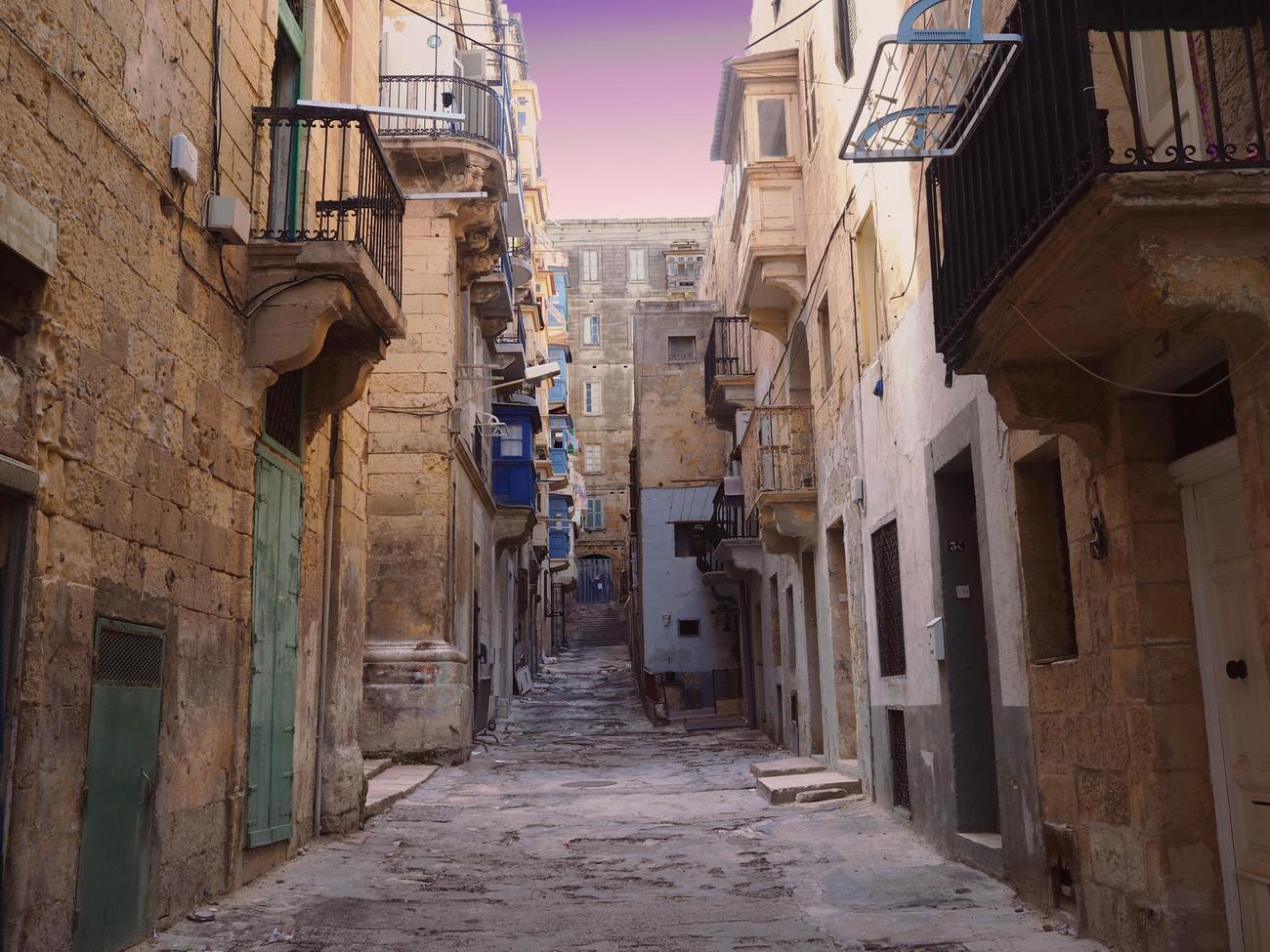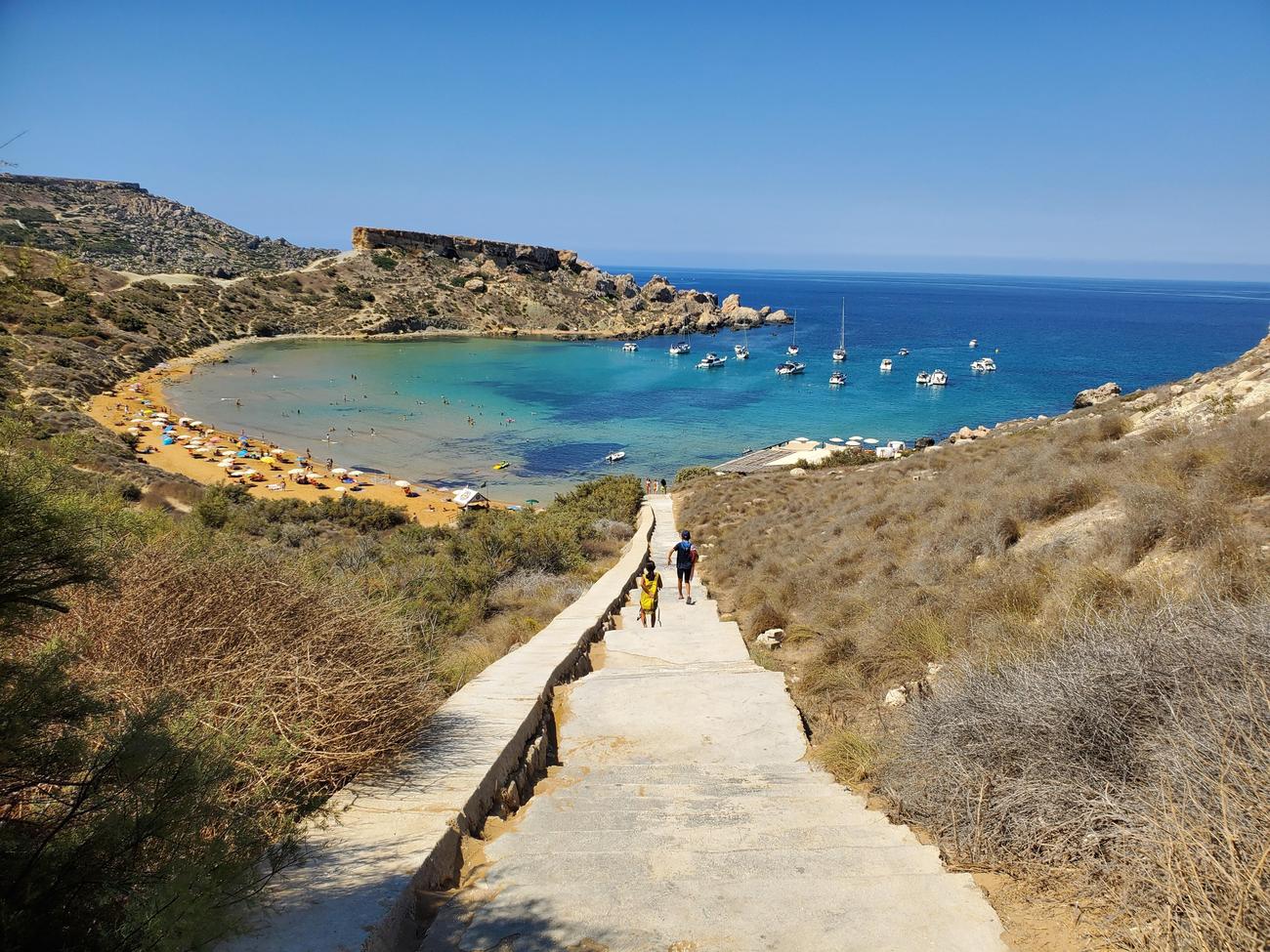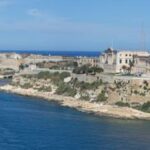Step back in time and immerse yourself in the captivating world of Malta’s rich history. In this article, we embark on a journey of discovery, delving into the fascinating and often overlooked historical events that have shaped this enchanting archipelago. From ancient civilizations to medieval conquests, we unravel the intricate tapestry of Malta’s past, shedding light on the pivotal moments that have left an indelible mark on its present. Prepare to be enthralled as we explore the untold stories and hidden perspectives, redefining our understanding of this Mediterranean gem. Join me as we uncover the mysteries of Malta’s historical events and their enduring significance.

Historical Events in Malta
As a historian specializing in Mediterranean history, I’ve had the incredible opportunity to delve into the rich heritage of Malta. This archipelago has witnessed a myriad of fascinating historical events that have shaped its identity from ancient times to the present day. Join me as we unravel Malta’s past and explore some of its most significant historical moments.
Let’s begin our journey back to the Stone Age, around 5,200 BC, when farmers arrived in Malta and laid the foundation for human settlement on the islands. They cultivated the land and established communities, leaving behind traces of their existence that still captivate archaeologists and historians today.
Fast forward a few millennia to around 3,600-2,500 BC, the age of building temples in Malta. These extraordinary megalithic structures, such as the famous Ġgantija temples, showcase the architectural brilliance of our ancient ancestors. Standing the test of time, they offer a glimpse into the religious and social practices of the people who inhabited the islands during this period.
In 800 BC, the Phoenicians from Lebanon sailed to Malta, bringing with them their seafaring expertise and establishing trade networks in the Mediterranean. This marked the beginning of Malta’s interaction with foreign powers, setting the stage for future conquests and influences.
Around 400 BC, the Carthaginians from North Africa ruled over Malta, leaving their mark on the islands’ culture and governance. Their presence shaped Malta’s strategic importance in the Mediterranean and laid the groundwork for subsequent foreign dominations.
The Romans conquered Malta in 218 BC, incorporating the islands into their vast empire. With their arrival came the introduction of Roman governance, infrastructure, and culture. The influence of Roman civilization on Malta can still be seen today in numerous archaeological sites, including the remarkable Roman Villa in Rabat.
In 60 AD, we encounter a significant biblical event in Malta’s history when St. Paul was shipwrecked on the island. This event holds immense religious and cultural significance for the Maltese people, who take pride in the hospitality and kindness shown to the shipwrecked apostle.
Moving forward to the medieval period, the Arabs conquered Malta in 870 AD. This marked a turning point in the islands’ history, as Arab cultural, linguistic, and architectural influences merged with the existing Byzantine and Roman heritage.
The Norman capture of Malta in 1090 AD brought a new era of feudal rule under the Kingdom of Sicily. The Normans left an indelible mark on the islands, evident in the grandeur of fortified structures like the fascinating Mdina, known as the Silent City.
In 1283 AD, the kingdom of Aragon in Spain took control of Malta, establishing a period of Spanish influence that would shape the islands for centuries to come. This era saw the rise of the Order of Knights of St. John, who transformed Malta’s fortifications and engaged in the defense of Christendom against the Ottoman Empire.
The 18th century witnessed the arrival of yet another powerful force on Maltese shores. Napoleon’s conquest of Malta in 1798 marked a turning point in the islands’ fate as French rule was imposed. However, this occupation was short-lived, and the Maltese people resisted the French, ultimately leading to their surrender to the British Empire in 1800.
The 20th century brought significant political and social changes to Malta. In 1919, the Maltese people rose in a riot against British rule, demanding greater self-governance and better working conditions. This event, known as the Sette Giugno, remains a symbol of the islanders’ determination for freedom and their quest for social justice.
Finally, Malta became an independent state in 1964 and a republic in 1974, marking a new chapter in its history. The last British servicemen left the island in 1979, solidifying Malta’s status as a sovereign nation. Since then, Malta has continued to evolve, embracing its heritage while embracing the opportunities of the modern world.
In conclusion, the historical events that have unfolded in Malta have shaped its rich tapestry of culture, language, and identity. From ancient civilizations to colonial powers, each chapter in Malta’s past has left an indelible mark on the islands. By understanding and appreciating these historical moments, we can gain a deeper appreciation for Malta’s unique heritage and its impact on the present.
“The historical events in Malta offer an awe-inspiring journey through time, revealing the fascinating layers of this archipelago’s past.”
Malta is a small Mediterranean island with a big history. From ancient civilizations to medieval knights, this captivating destination is steeped in historical significance. If you’re a history buff or simply curious about the past, you won’t want to miss out on the fascinating historical facts about Malta. Discover the secrets of the Phoenicians, the legacy of the Romans, and the triumphs of the Knights Hospitaller. With each step, you’ll uncover a new layer of Malta’s rich heritage. Explore the enchanting historical sites, such as the ancient city of Mdina or the stunning UNESCO World Heritage Site of Valletta. Don’t wait any longer, click here to uncover the captivating historical facts about Malta. Historical Facts About Malta

FAQ
Question 1
When did Stone Age farmers first arrive in Malta?
Answer 1
Stone Age farmers arrived in Malta around 5,200 BC.
Question 2
During which time period did the age of building temples in Malta occur?
Answer 2
The age of building temples in Malta occurred around 3,600-2,500 BC.
Question 3
Which ancient civilization sailed to Malta around 800 BC?
Answer 3
The Phoenicians from Lebanon sailed to Malta around 800 BC.
Question 4
Who ruled Malta around 400 BC?
Answer 4
The city of Carthage in North Africa ruled Malta around 400 BC.
Question 5
When were the Romans able to conquer Malta?
Answer 5
The Romans conquered Malta in 218 BC.
- Unveiling the Enigma: Mansoureh Khojasteh Bagherzadeh’s Public Appearances & Private Life in Iran - July 18, 2025
- Unveiling the Mystery: Mansoureh Khojasteh Bagherzadeh’s Husband: A Rare Glimpse into a Private Life - July 18, 2025
- Unveiling Masoud Khamenei’s Mother: Power, Influence, and Iran’s Future - July 18, 2025
















